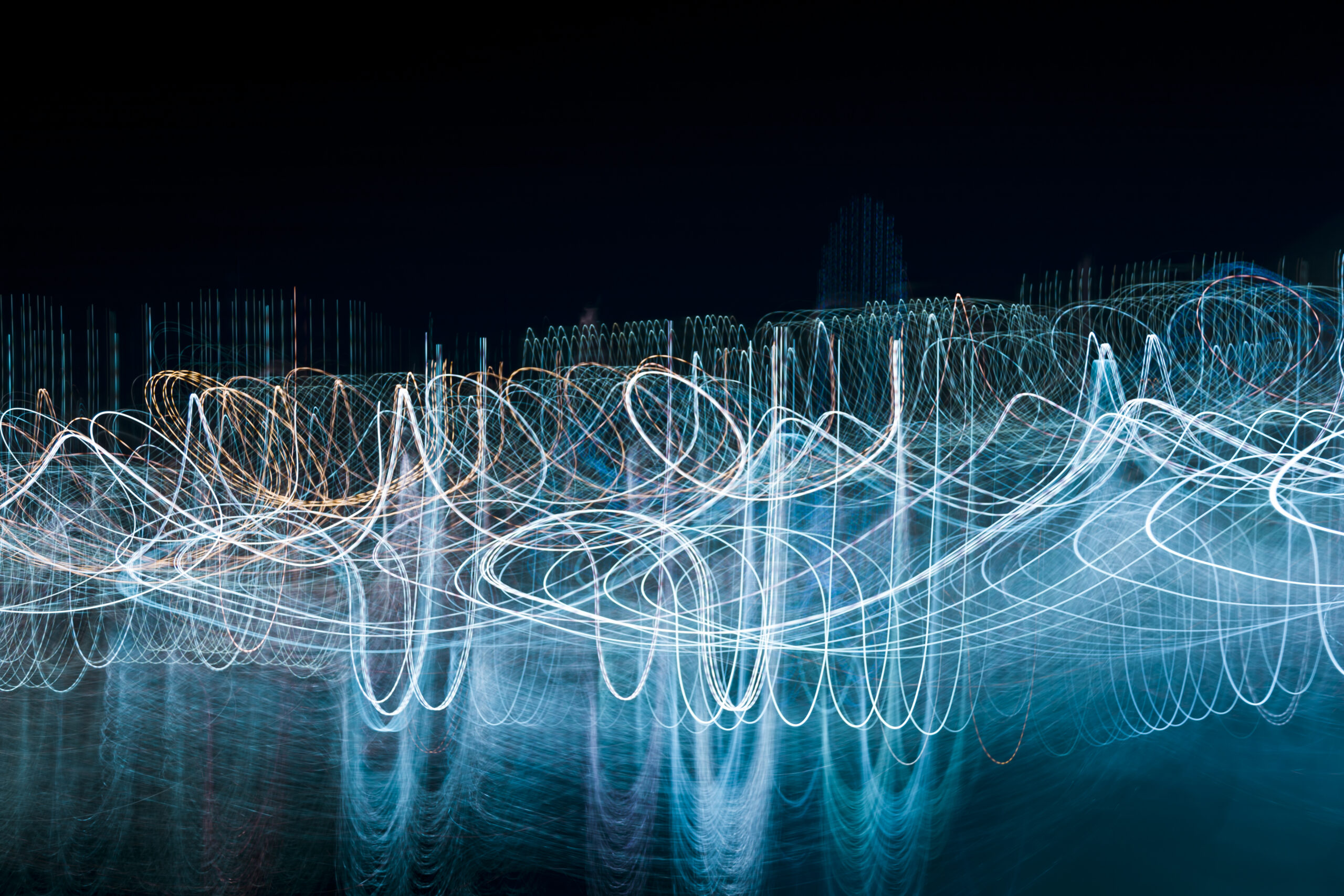Taj Mahal Enhances Security with Anti-Drone System

The Taj Mahal, one of the most iconic monuments in the world and a designated UNESCO World Heritage Site, is set to receive a major security upgrade with the installation of an advanced anti-drone system. This new measure reflects growing concerns about aerial threats and the need to secure historical landmarks in the age of modern technology. With drone activity increasing near sensitive areas across the country, the system is designed to ensure the safety of both the monument and the millions of visitors it attracts each year.
Why the Taj Mahal Needs Drone Protection Today
The increased use of drones for both recreational and commercial purposes has prompted security agencies around the world to rethink how they protect public landmarks. In India, there have been a number of recent incidents involving unidentified drones flying near sensitive installations. Although not all drone sightings indicate a threat, the possibility of surveillance, smuggling, or other misuse cannot be ruled out.
The Taj Mahal, which welcomes millions of tourists every year, is one of the most visited sites in the world. Its significance makes it a potential target for security breaches, intentional or accidental. Authorities, therefore, deemed it essential to take proactive steps by integrating drone defense into the monument’s existing multi-layered security system.
Anti-Drone System: Features, Technology, and Capabilities
According to Syed Arib Ahmad, Assistant Commissioner of Police (Taj Security), the new anti-drone system will be deployed within the Taj Mahal complex and offer cutting-edge technology capable of detecting, tracking, and neutralizing drones. The system has an overall range of 7 to 8 kilometers but is expected to be most effective within a 200-meter radius around the main dome of the monument.
The heart of this system lies in its signal-jamming capability, which enables what is called a “soft kill.” When a drone enters the restricted airspace, the system will immediately jam its communication signals, effectively rendering the device inoperable. This approach ensures that the drone can be neutralized without physical interference, thereby avoiding damage to the structure or injury to visitors.
Trained Police Personnel and Dedicated Response Teams
A high-tech security system requires a skilled human team behind it. Law enforcement authorities are preparing personnel specifically trained to operate the anti-drone system. These officers will be responsible not only for managing the equipment but also for taking immediate action in the event of a drone intrusion.
The police force is creating a dedicated drone response team to trace the origin of unauthorized drones, secure their landing sites, and assess the nature of any potential threat. This team will also collaborate with regional intelligence agencies to ensure seamless coordination.
Training includes simulations and drills to prepare staff for different scenarios, ensuring that they can act swiftly and effectively when needed. The goal is to develop a proactive security response that adapts to emerging threats.
Balancing Security With a Positive Visitor Experience
Tourism is a vital part of the Taj Mahal’s identity. Any enhancement in security must strike a balance between ensuring safety and preserving the monument’s welcoming environment. The installation of the anti-drone system has been carefully planned to be discreet, so as not to interfere with the visitor experience.
Visitors will not encounter visible drones or noisy interceptors. Instead, the technology works silently in the background. It is seamlessly integrated into the Taj Mahal’s broader security ecosystem, which already includes high-resolution surveillance cameras, metal detectors, and manual frisking protocols at entry points.
This approach ensures that tourists can continue to enjoy the historical and architectural beauty of the site without disruption, while authorities keep a watchful eye over the skies above.
Technology-Driven Heritage Protection for the Modern Era
The use of drone defense systems at heritage sites marks a shift in how cultural assets are being protected in the digital age. In addition to traditional security practices, technology is now a key part of heritage conservation strategies. From AI-driven surveillance to automated threat detection systems, monuments like the Taj Mahal are entering a new era of smart security.
The installation of the anti-drone system represents India’s commitment to aligning its heritage protection measures with global best practices. Other historical sites and cultural locations may soon follow suit, adopting similar technologies to ensure their long-term safety.
By taking these steps, India is sending a strong message that it will protect its past using the tools of the future.
Collaborative Security: Inter-Agency Coordination and Information Sharing
Protecting a monument as prominent as the Taj Mahal requires more than just local oversight. The implementation of the anti-drone system includes coordination with various government bodies, including national intelligence agencies, technical experts, and regional law enforcement units.
Inter-agency collaboration is essential to ensure that any aerial threat is quickly identified, traced, and neutralized. This coordination includes information sharing, joint training sessions, and cross-functional rapid response protocols.
Authorities are also working on developing a drone tracing mechanism that allows for tracking the path and launch location of intruding drones. This helps in identifying possible repeat offenders and in adjusting future security strategies accordingly.
Educating the Public and Promoting Drone Awareness
While the new anti-drone system is a preventive measure, public awareness is an equally important part of the solution. Authorities aim to educate drone operators about restricted zones and legal consequences of unauthorized drone flights near heritage sites.
The Taj Mahal is already a designated no-fly zone for drones, but enforcement is now being backed with active technology. Notices, signage, and awareness drives will be implemented to inform visitors and drone users of the new system and its implications.
By making drone policies clear and transparent, law enforcement can reduce accidental violations and promote responsible drone usage among the public.
Installation Timeline and Launch of the New System
The anti-drone system is in the final phase of installation. According to official reports, setup work is nearing completion and the system will undergo testing in the coming days. After a short trial period, it is expected to become fully operational in the next few months.
Testing will involve performance calibration, detection accuracy reviews, and operational stress trials. Once activated, the system will run continuously, monitored by trained staff and backed by a real-time response team.
Once fully integrated, this system will form a core part of the Taj Mahal’s long-term security architecture, offering around-the-clock monitoring and intervention capabilities.
Protecting a Global Icon With Smart Innovation
The deployment of an anti-drone system at the Taj Mahal is a significant step forward in using smart technology to protect cultural heritage. It signals a commitment to preserving national treasures in an era where security challenges are constantly evolving.
With this new system, India joins the ranks of global nations that are leveraging advanced tools to safeguard public monuments. The initiative sets a benchmark for how heritage and innovation can co-exist—ensuring safety, improving management, and enhancing the visitor experience all at once.
As the skies over the Taj Mahal become safer, the monument continues to stand not only as a symbol of love and beauty but also as a beacon of modern resilience and foresight.








1 Comment
[…] cheap viagra 100mg […]
Comments are closed.